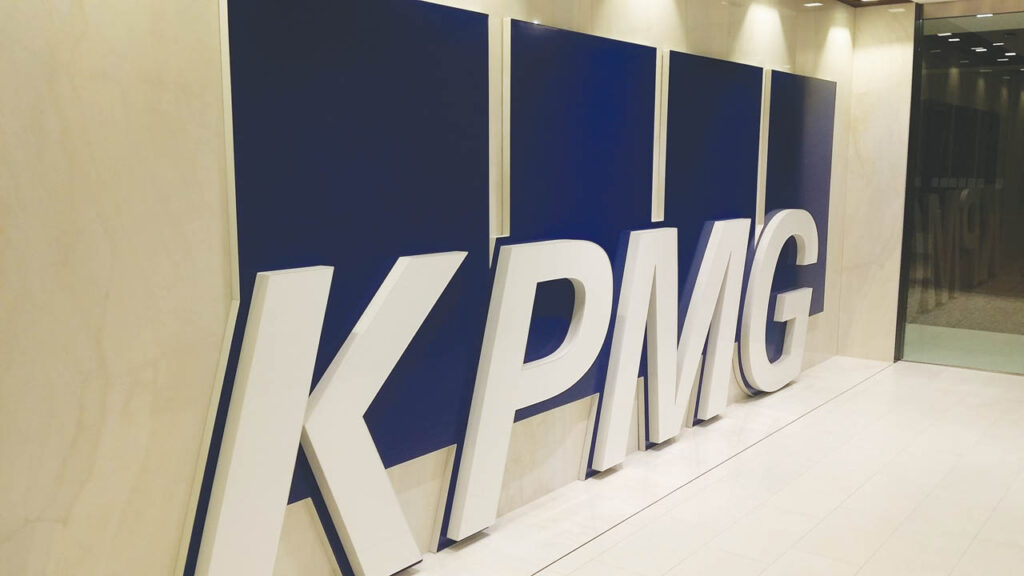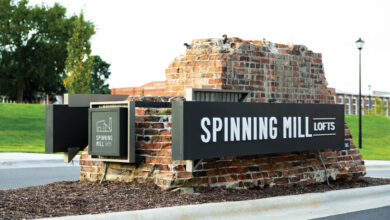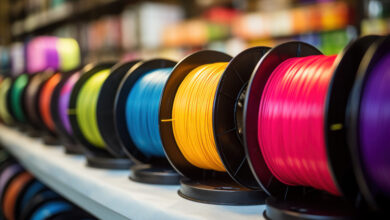As I celebrate my 40th year in this industry, people often ask me why I’ve stayed in the sign and branding business for so long. There are many reasons I’ve been captivated by what we do each challenging hour. First and foremost: you never get bored. There is always something new and different to learn, mentor, or experience. Every day is unique, and where else can you design, sell, and/or fabricate something that the public can see for a long time?
You can specialize in a few hundred types of signage within each major category: architectural, commercial, regulatory, on- or off-premise, interior/exterior, vehicle graphics, digital/interactive, permanent and temporary, or all of them!
Types of signs
Designers and architects will suggest there are only three basic sign types: identification, informational, and regulatory, and that all are about wayfinding or instruction and navigating into, within, or out of a location. In my experience, I agree there are three types, but my old-school lists are: architectural, commercial, and custom designs. These groups may be more of a factor of fabrication, labor, and materials plus the target costs a client will allow. There is overlap in each category and often sign companies specialize in one (or maybe two) due to economies of scale, manufacturing expertise, and sales approach.
Architectural signage refers to signs that are integrated into the aesthetic of a building. They are meant to be visually appealing and cohesive with the overall facility design intent. Often, these signs are made from aluminum, fiberglass, stainless steel, glass, stone, or other natural components. The degree of workmanship and finishing is usually high with concealed fasteners, minimal seams, and specialty paint. Target markets include firms where branding is paramount: healthcare, financial services, sports venues, corporate environments, etc.
Commercial signs generally are budget-friendly and can be mass-produced to identify businesses to foot or motorized traffic at a distance. Channel letters, building signs, thermoformed face cabinets, flexible face pylons/monuments, and banners are common. Usually less fancy than architectural signage, commercial signs are used by multi-unit retail, fast food, restaurant, petroleum, big-box retail, primary and secondary education, automotive, etc.
Custom signs are usually one-offs for in-line shopping center tenants, new small businesses, real estate agents, political candidates, or those where budget is a primary consideration. It is not uncommon to produce a custom sign for a commercial or architectural client through designer, architect, or general contractor collaboration. Many sign fabricators have talented artists and designers on their staff that can produce award-winning custom designs.
From environmental to experiential
In 2014, SEGD (originally the Society of Environmental Graphic Design) changed “Environmental” to “Experiential” and their not-for-profit became the Society for Experiential Graphic Design. These types of graphics provide a layered experience in which identity, imagery, and sense of place are enhanced through triggers and touchpoints all within a spatial experience. Which is a fancy way of delivering dynamic content through a collection of communication tools of typography, color, form, technology, and function.
Experiential and architectural sign types are blurring the lines and share many of the same attributes even if they don’t have the same lineage by a designer designation. In fact, almost all signs, whether interior or exterior, seem to be moving toward this type of look, feel, and purpose.
In the future, architectural (or experiential) signs will likely emphasize digital integration and interactive content which will include real-time information and personalized experiences. Sustainability with green features of natural and recyclable materials will reflect the growing emphasis on environmental responsibility. Lighting solutions will be energy-efficient to reduce environmental impact. Plus, there seems to be a greater emphasis on wayfinding systems to make it easier and less stressful for people to navigate complex spaces.
While commercial or custom signage is usually about bright colors and contrasting materials/fonts/design to stand out for identification or promotion, architectural signs will blend more harmoniously with the building’s architecture with more subdued color palettes, lighting, and materials.

Who buys architectural signs? Contractors, construction companies, property management firms, property/homeowner associations, land developers, architects, sports/entertainment venues, hospitals/healthcare facilities, banks, corporate firms, airlines/airports, transportation companies, government agencies, educational institutions, hospitality, and retail businesses.
Architectural, commercial, and custom signage can provide site identity solutions. Each has its place, price point, and best application. But architectural signs are usually the best method for communicating the brand and wayfinding solution for the facility.
Commercial sign programs can have a family of similar signs in different sizes to meet zoning and municipal requirements for multi-unit clients. But architectural signs have identification and informational aspects plus integrated components of ADA, regulatory, donor, wayfinding, and interactive signs that seamlessly work together while complementing the building design. These are signs that are “on purpose” and not an afterthought.
Architectural signage enhances brand identity, improves customer experiences, and guides visitors effectively. The goals for well-designed architectural signs are to create a lasting positive impression and connect with the brand in a visually appealing way. When customers see the same design elements, colors, fonts, and messaging throughout a space, it reinforces the brand’s values, identity, and recall.

So, how do you design an ideal architectural sign?
- Define objectives: Start by identifying the main goals of your signage plan. Do you need to guide visitors through a complex building? Are you aiming to reinforce your customer’s brand identity? Perhaps you want to tell your client’s story?
- Understand the space: Your signage must work within its physical environment. Consider factors like viewing distances, lighting conditions, and traffic flow. A sign that looks great in a bright, open lobby might be hard to read in a dimly-lit hallway. Take measurements and photos of the intended locations to help with your design choices.
- Choose materials: The right materials can make or break your signage. Choose appropriate materials depending on whether you want a classic, modern, contemporary, or some other more specific look.
- Design elements: Your signage should align with the brand’s visual identity. Use consistent typography, color schemes, and imagery across all signs. If the brand uses a specific font in its logo, consider using the same or a complementary font in the signage. Color choices should match or harmonize with the brand colors and the surrounding environment.
- Compliance & accessibility: Ensure your signs meet ADA regulations and relevant building codes. This includes considerations like text size, contrast, and Grade II Braille for tactile signs. Apart from being a legal requirement, compliance shows that the brand values are inclusive.
- Collaboration with experts: Partnering with experienced vendors can streamline the design and implementation process. Collaborate with the designer, architect, or client on material selection, installation methods, and design techniques to maximize the impact of your signage.
Lastly, do not forget that experiential comes from the real world and from experience. Experiential things can be seen, touched, and verified. Effective architectural signs will create immersive, memorable experiences and engage the target audience. That seems a worthy endeavor and great reason for being in our industry after all.






